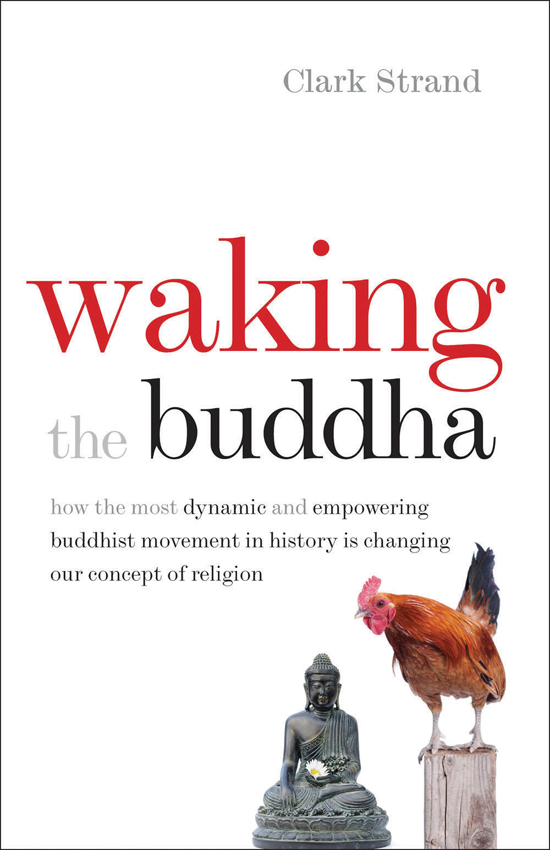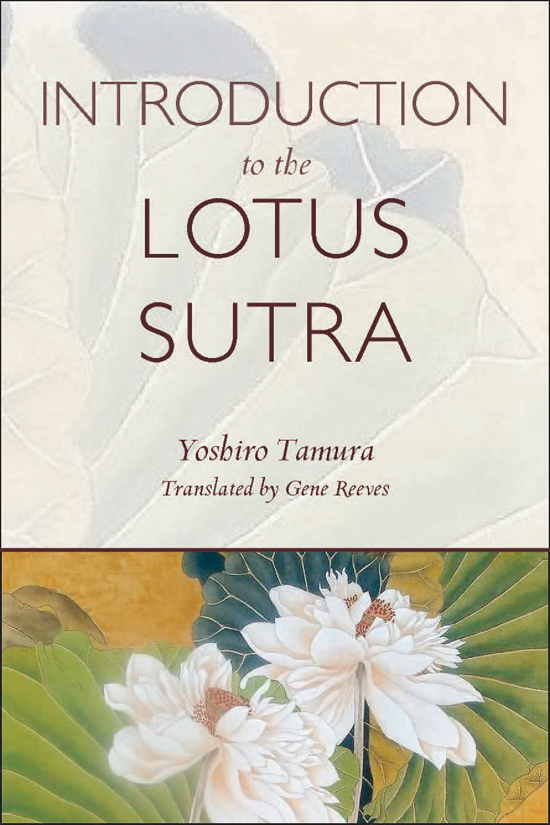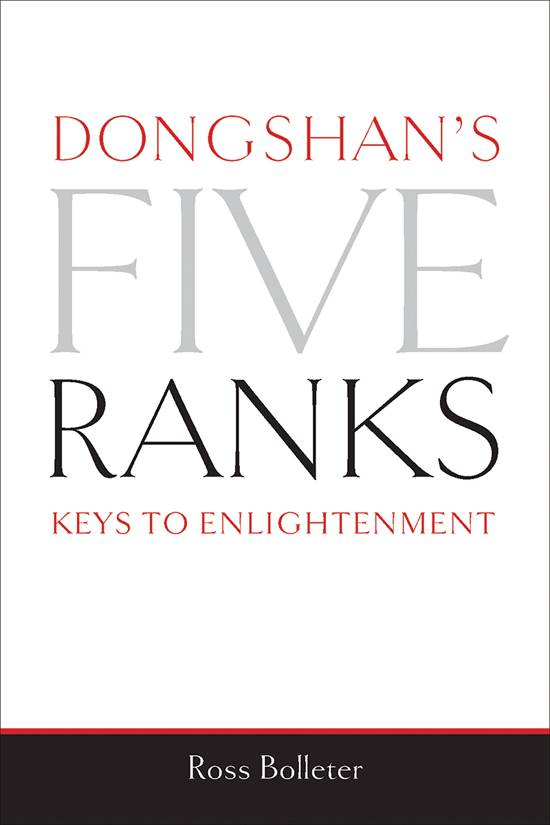 Buddhist writer Clark Strand is disillusioned with American Buddhism. That is, he avows, with the exception of Soka Gakkai International (SGI), the world’s largest lay Buddhist institution, whose presence has been steadily growing on American shores as well as abroad. Founded in Japan in 1930, the organization now boasts 12 million members in 192 countries. In Waking the Buddha (Middleway Press, May 2014, $14.95, 192 pp., paper), Strand suggests SGI as a role model for any religious institution seeking to thrive in the 21st century.
Buddhist writer Clark Strand is disillusioned with American Buddhism. That is, he avows, with the exception of Soka Gakkai International (SGI), the world’s largest lay Buddhist institution, whose presence has been steadily growing on American shores as well as abroad. Founded in Japan in 1930, the organization now boasts 12 million members in 192 countries. In Waking the Buddha (Middleway Press, May 2014, $14.95, 192 pp., paper), Strand suggests SGI as a role model for any religious institution seeking to thrive in the 21st century.
Major Buddhist schools in America, Strand argues, do not engage with modern issues but instead provide solace from them, echoing Marx’s famous judgment of religion as “the opium of the people.” Part of the problem, he says, is meditation-based Buddhism’s undue stress on the need for peace of mind and an enhanced immune system at the expense of “the need for a more equitable distribution of wealth and basic human rights for all.” In a time when the retreat model of practice remains largely out of reach for working-class people, SGI and other diverse institutions will likely continue to attract those less sympathetic to the status quo—or, we should say, those to whom the status quo is less sympathetic.
Whether SGI truly eschews the indulgences of other major schools of Buddhism in America is another question altogether. Published by Middleway Press, the trade publishing division of the American branch of SGI, Waking the Buddha is far from impartial. While it ranks among the most extensive English-language treatments of SGI—covering topics from the sect’s historical foundations, particular culture, and future challenges to its organization and organized religion in general—the book not so subtly pushes the tradition. But this is what Buddhist schools, even “secular” ones, do—a fact not lost on Strand, who himself is not a practicing Nichiren Buddhist. “You might say that spreading the teaching was the point of Nichiren Buddhism,” he writes.
Strand is quick to respond to the frequent derision of SGI for its focus on middle-class values, economic success, and financial security by simply pointing out that the critics are upper-middle-class Buddhists who already possess these things. After all, the Lotus Sutra—the name of which Nichiren practitioners chant as their principal practice—promises its followers not just buddhahood but also material necessities, one of the many reasons SGI appeals to the exploited and disenfranchised. SGI is, then, not so much a dharma of success but one for “ordinary people,” a phrase that repeats throughout Waking the Buddha and other SGI literature. In this sense, religion is not only “the opium of the people” but perhaps, as Marx wrote in the same passage, “the sigh of the oppressed creature.”

First published in Japan in 1969, Introduction to the Lotus Sutra (Wisdom Publications, July 2014, $18.95, 176 pp., paper) is the first English translation of a work by the scholar of Japanese Buddhism Yoshiro Tamura (1921–1989): a sweeping primer for the most influential sutra in East Asian Buddhism, the Lotus Sutra—the root text of the Tendai school of Japan from which the Nichiren, Japanese Pure Land, and Rinzai and Soto schools of Zen originated. Translated and edited by Tamura’s student, the philosopher of religion Gene Reeves, the Introduction will be of interest to any student of Japanese Buddhism or the sutra itself.
Tamura went to great lengths to make the work accessible to the general reader, not just in its vernacular but also in its application to both modern and workaday concerns. Having come to Buddhism from Christianity, Tamura also takes care to tie the interplay between Mahayana Buddhism and Christianity (which first arrived in Japan in pre-modern times) to issues of religious scholarship and debate. Japan possesses a particularly profound tradition of intellectual debate between followers of the Lotus Sutra and Christians, two faiths that Tamura identifies as broadly comparable in their emphasis on prophecies and the spirit of martyrdom, if not their common oppression at the hands of the 1930s Japanese government.
A scholar at a Nichiren university, Tamura identified SGI, along with Rissho Kosei-kai and Reiyukai, as among the “new religions” that had grown from the lower and alienated classes in Japan, and which found in the Lotus Sutra a social identity and an imperative for social reform. Indeed, the sutra, lacking a clear-cut doctrinal formulation, could support a great range of readings. Inspired by Nichiren thought, Tamura identified three major teachings that can be extrapolated: the dharma of one vehicle, the everlasting original buddha, and the bodhisattva way. Most of the book, however, is dedicated to contextualizing the sutra within the history of its development and its reception.

Long before Chan Buddhism became known in Japan as “Zen,” the Tang Dynasty monk Dongshan Liangjie (807– 869) penned the Verses of the Five Ranks, a seminal text of the Caodong lineage in Chan that would become known in Japan as Soto Zen. A new English translation can be found in Dongshan’s Five Ranks: Keys to Enlightenment (Wisdom Publications, May 2014, $18.95, 152 pp., paper) along with the first in-depth English commentary, written by Ross Bolleter, a Zen teacher and player of “ruined pianos”—out-of-tune recovered pianos wracked by time and the elements. In a combination of poetry and koans, Dongshan adopts the dialectical model of the Huayan Buddhist school to play with Nagarjuna’s two truths, translated here as the “essential” and “contingent” instead of the more common distinction “absolute/relative” or “ultimate/conventional.” Dongshan’s verses consist of two complementary cycles: the first relates the two truths (The Cycle of the Essential and the Contingent), while the second gives practical advice for training and service (the Cycle of Merit).
Bolleter deploys a mix of philosophical principles, Zen stories, sayings, and koans, as well as references to the work and musings of great artists like Chekhov, William Blake, and Bach to illuminate Dongshan’s verses, which are virtually impenetrable without commentary or strong Zen training. Bolleter’s approach stands out for its artfulness, and his musical background shines through. In making sense of the relation between the essential and contingent, for instance, special attention is given to the relation between time and timelessness, a feature especially pertinent to music.
The apparent contradiction between the contingent and the essential, or time and timelessness, proves a fruitful one. By applying the trainings enumerated in the Cycle of Merit, we can come “to realize the timeless immensity present in even the least of our experiences.” Likewise, as much as we may wish to dwell in the timeless, when we penetrate it we are only to find the mundane world of time and the contingent—the “charcoal heap,” as Dongshan describes it in his verse—right back where we began. Like music, insists Bolleter, the five ranks are not a means to anything.
Thank you for subscribing to Tricycle! As a nonprofit, we depend on readers like you to keep Buddhist teachings and practices widely available.